PJM narrowed the 72 proposals it received down to just 3 preferred scenarios shown in this presentation on pages 41-43. PJM says it included the proposal on page 41, identified as NextEra 175, because it was a non-incumbent solution. PJM went on to indicate that this proposal really doesn't have a snowball's chance in hell of being the final selection. PJM is favoring the 500 kV or 765 kV scenarios on pages 42-43. PJM said that it will select one of these two for an immediate recommendation for approval and build, and select the other as a long-term scenario. From what PJM said, and from browsing the submissions in PJM's next competitie proposal window, I surmise that the 500 kV scenario is the "right now" project and the 765 kV scenario is the long term solution it will recommend next. Therefore, we can expect that PJM will approve and assign BOTH of these proposals to be built within the next 5-7 years.
Let's concentrate on the 500kV scenario. PJM says that this scenario is part of proposal number 853 submitted by NextEra. NextEra is a competitive transmission developer based in Florida. It's not your local utility. NextEra 853 looks like this on PJM's map:
Segment 1
General route description: Route is approximately 22 miles long. Starting at a new dead end structure at the new Woodside substation, the line routes east along the existing Stonewall - Feagan's Mill 138kV transmission line ROW for 11 miles with the entire Stonewall - Feagan's Mill 138kV transmission line rebuilt under the new greenfield transmission line. The new line routes around the existing Feagan's Mill substation and then resumes using the existing 138kV transmission ROW between Feagan's Mill and Millville, for about 2 miles where the 138kV transmission ROW separates from the existing Bismark - Doubs500kV transmission ROW. The line routes adjacent to the existing 500kV transmission ROW for almost 4 miles before resumes using the existing Millville - Lovettsville 138kV transmission line. The line uses the Millville - Lovettsville 138kV transmission line ROW for approximately 4 miles to the east before deviating from the existing 138kV transmission ROW to create a new ROW. It is advantageous to rebuild the existing 138kV transmission circuits underneath the new 500kVtransmission line to minimize viewshed impacts, reduce ROW acquisition costs, reduce residential land infrastructure impacts, and reduce tree clearing requirements, especially for the furthest east section where the new line crosses the Appalachian Trail. This line component ends east of the Appalachian Trail, where a different line component begins to continue the route to new Gant substation.
The new right of way will be an expansion of an existing transmission line corridor for approximately 80% of the route length, where a 30 ft additional width will be required beyond the existing, assumed, ROW edge. For approximately 20% of the route length, the right of way will have its own corridor with a width of 115 ft (10%) and 165 ft (5%).
The majority, approximately 80%, of the proposed structures will be single circuit 500kV lattice towers with 138kV (TTVS-500-138) in a horizontal conductor configuration. The 138kV line to be underbuilt is an existing line. Approximately 20% of the structures will be single circuit 500kV lattice towers (TTVS-500) in a horizontal conductor configuration. Any proposed deadend structure will either be lattice tower or a 3-pole, one phase per pole structure type.
Segment 2
Route is approximately 25 miles long. The component begins as a continuation of the 500kV -138kV underbuild from the new Woodside substation. The line continues to follow the existing Doubs - Bismark 500kV transmission ROW for about 0.5 miles before turning south. The line maintains a predominately south-southeast direction for about 17 miles, with minor shifts in route direction to reduce impacts to existing structures, residences, and vegetation. The new line shifts east around Leesburg, Virginia, for about 5 miles, before reaching the Dulles Greenway. The line routes alongside the Dulles Greenway ROW for about a mile before turning north and terminating at the new Gant substation.
The new right of way will have its own corridor and will have a width of 165 ft.
The proposed structures will be single circuit 500kV lattice towers (TTVS-500) in a horizontal conductor configuration. Any proposed deadend structure will either be lattice tower or a 3-pole, one phase per pole structure type.
If you do nothing, your next notice may be a postcard in the mail indicating that NextEra is routing the transmission line through your property and requires you to sign over a right-of-way across your property. Don't be a sitting duck!

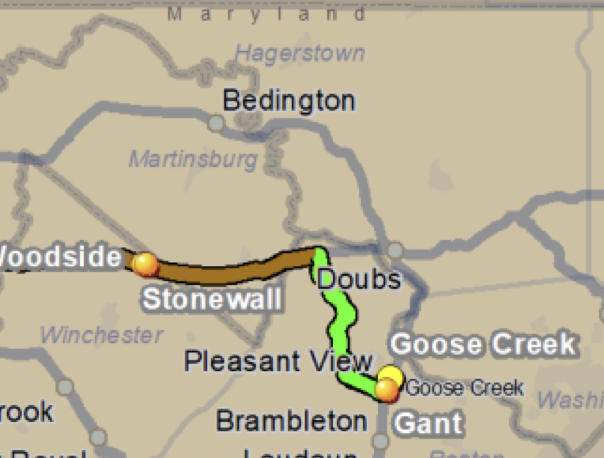

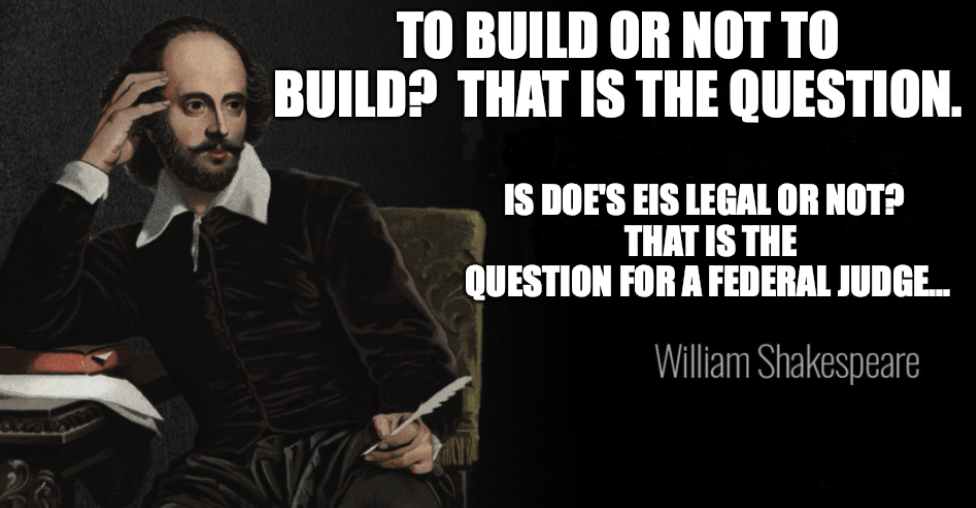
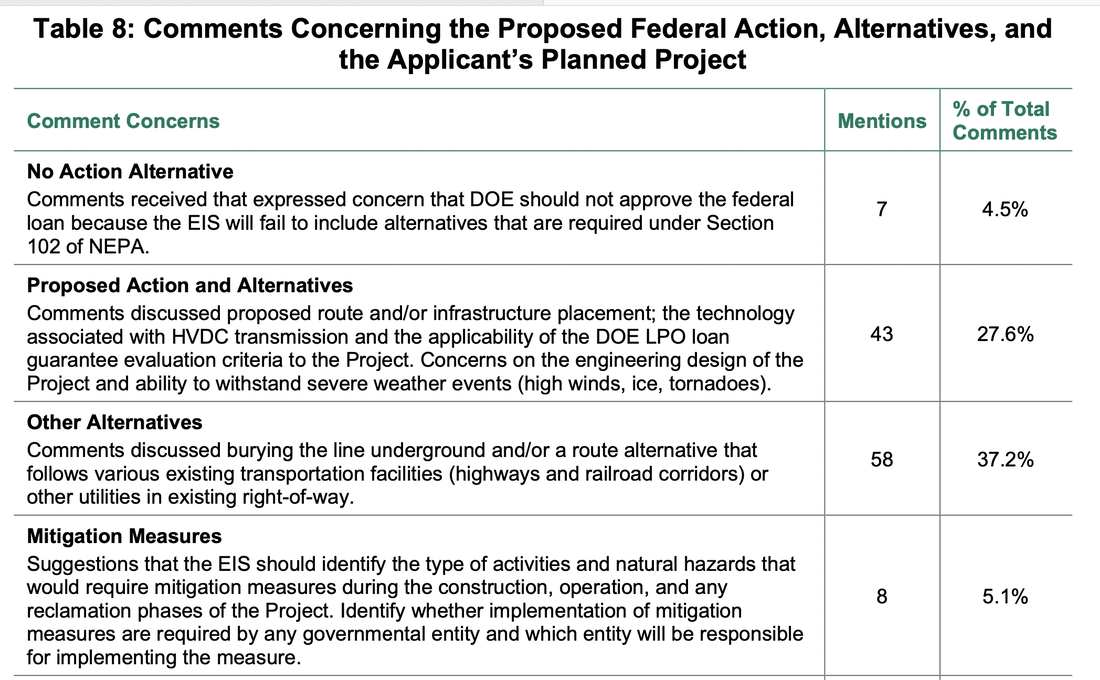

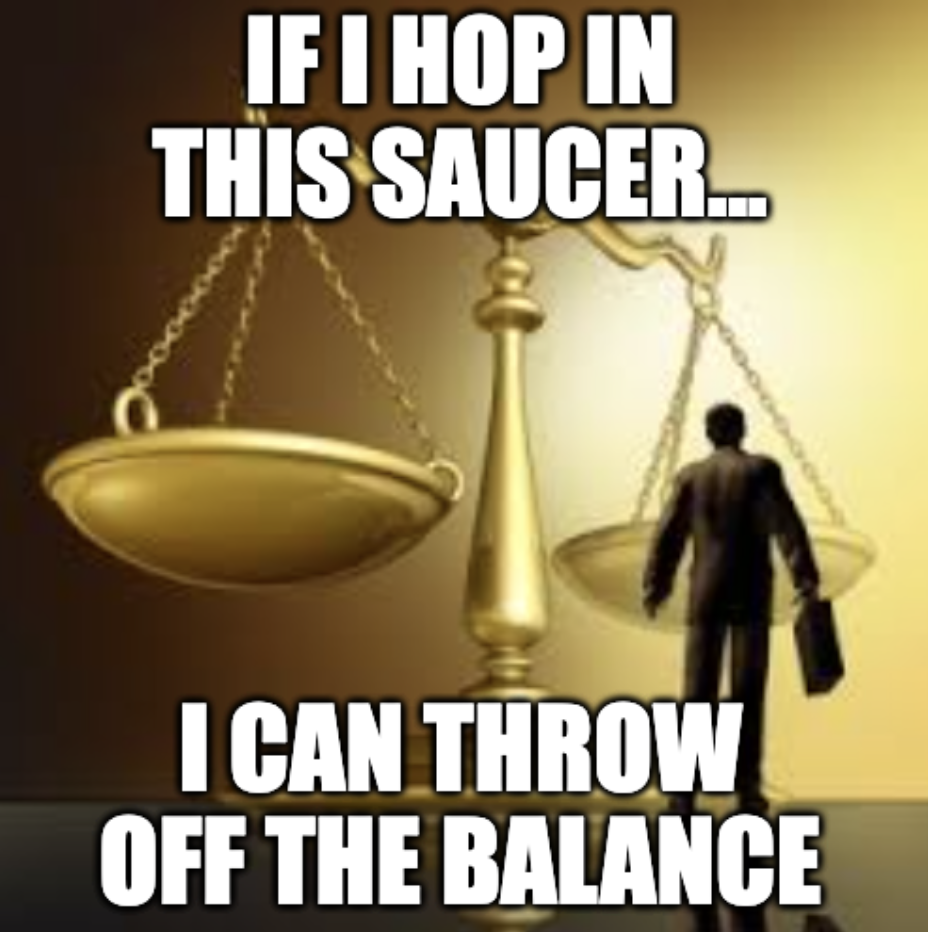
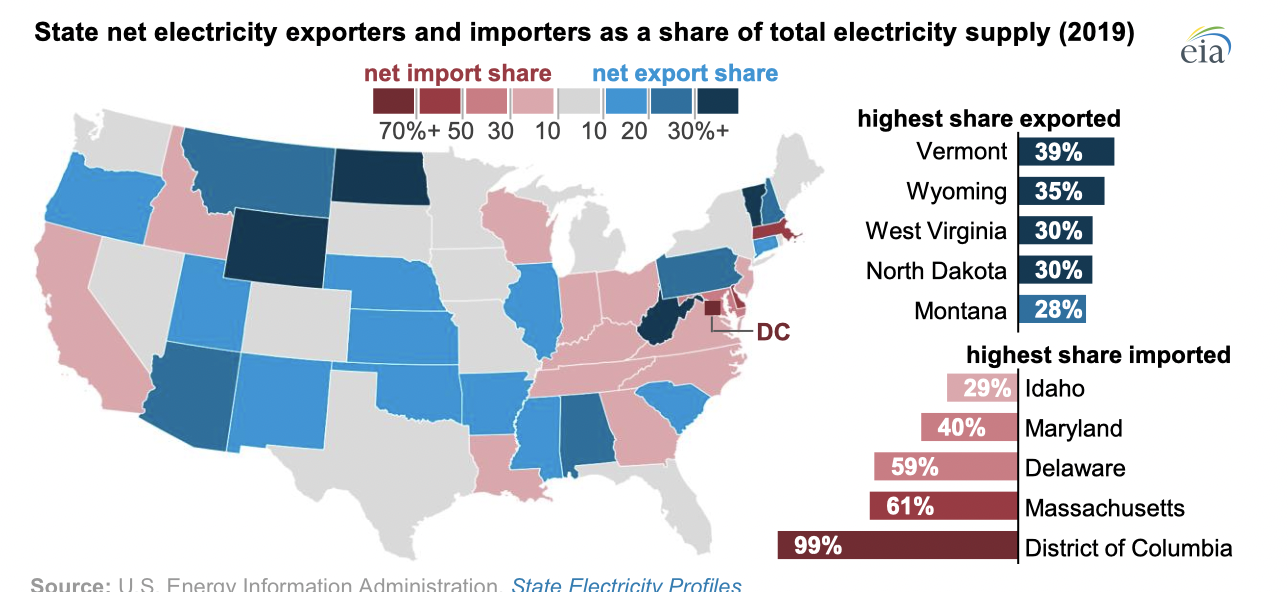
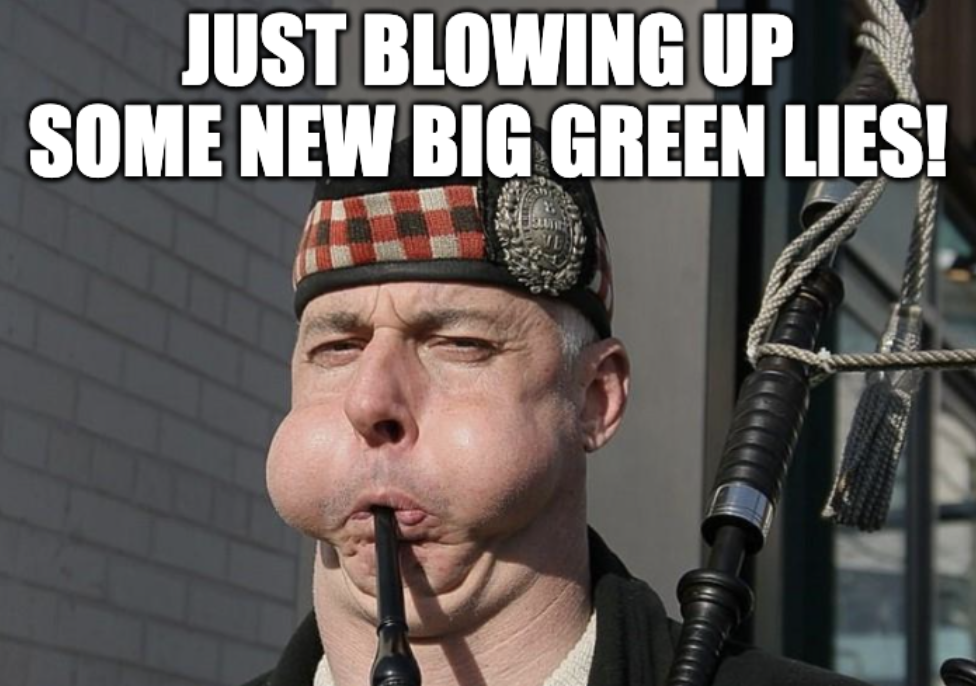
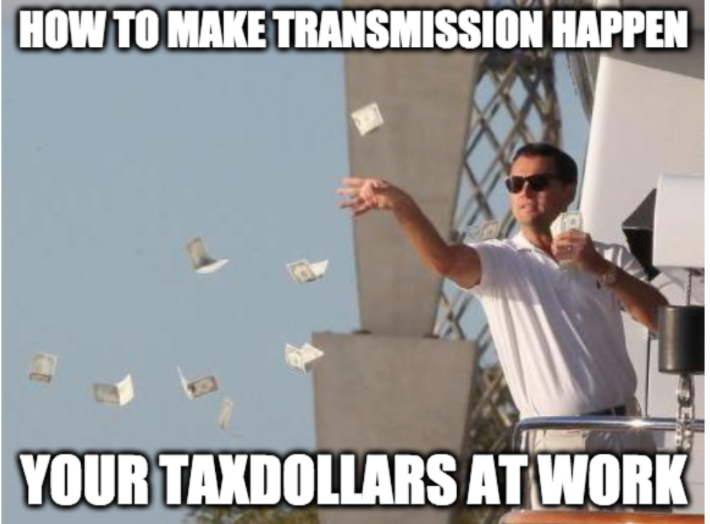
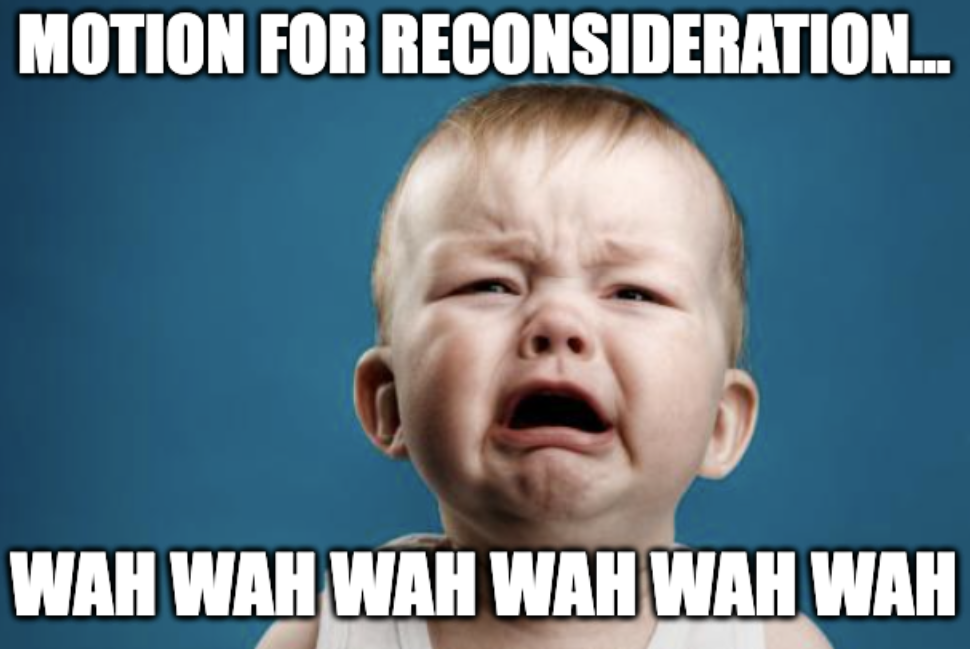
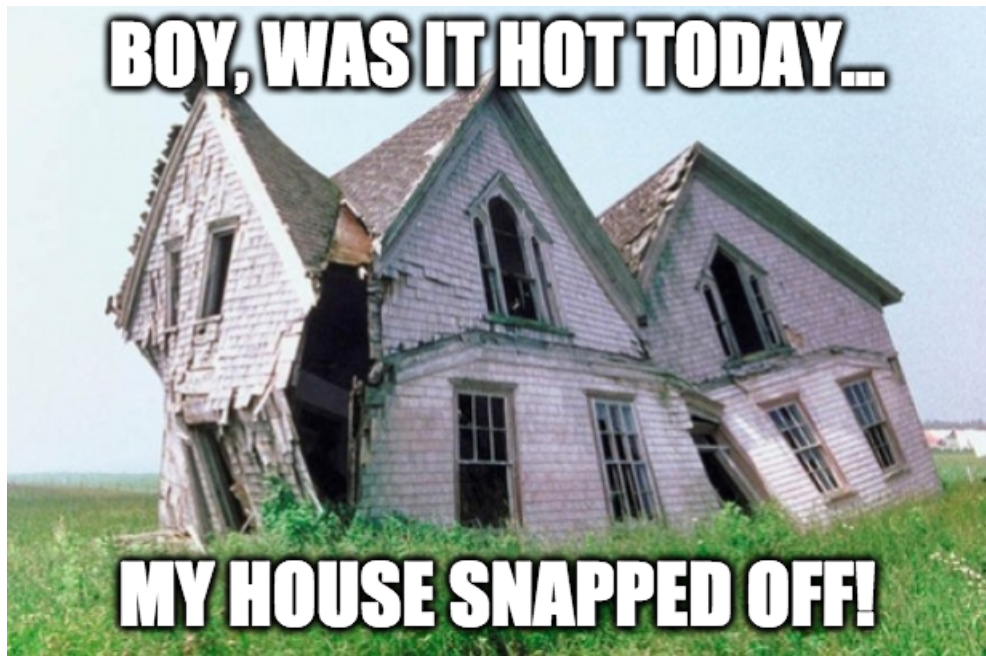
 RSS Feed
RSS Feed